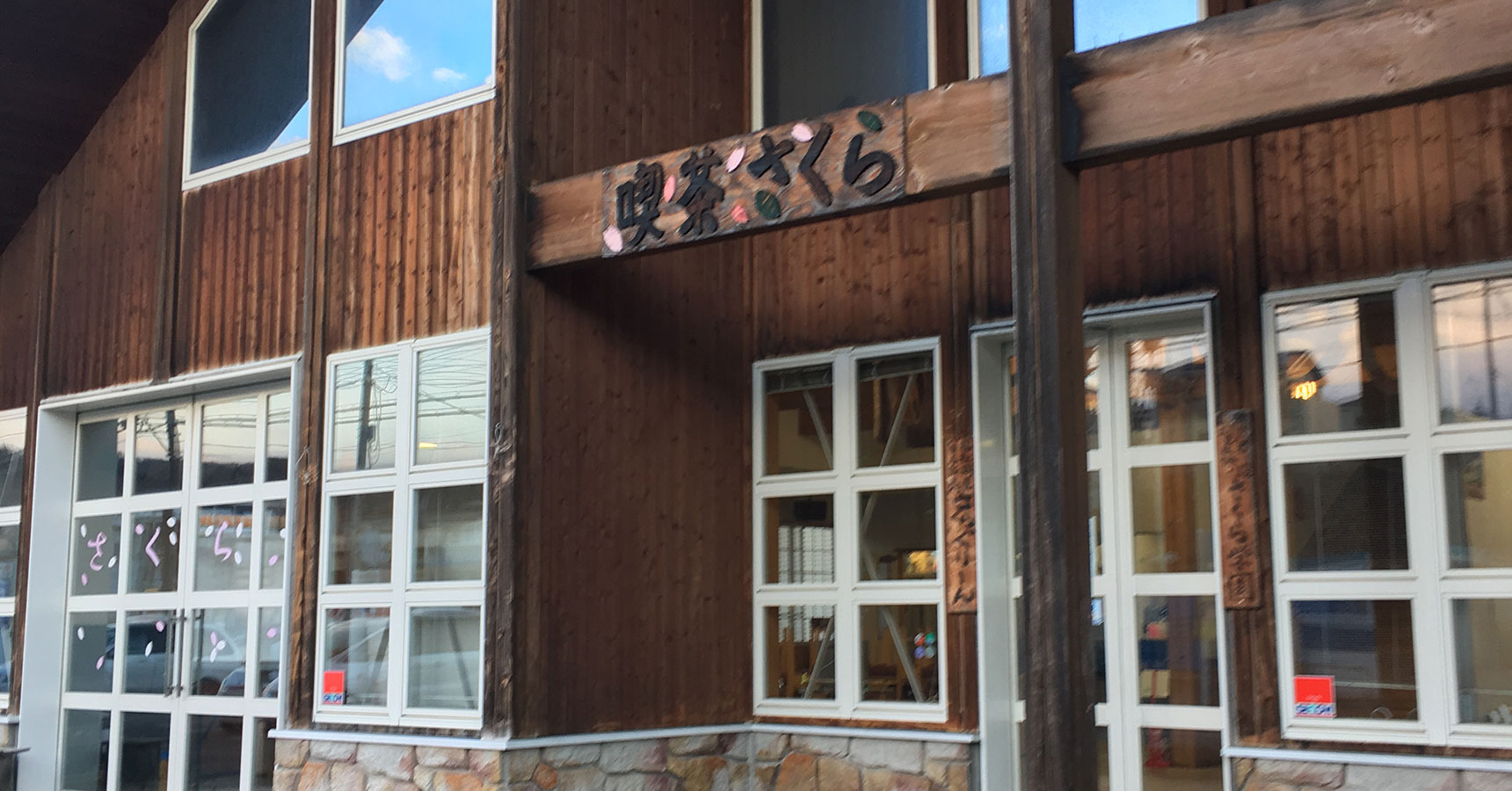
Story: Shima Fukushikai Foundation, Sakura Gakuen Vocational Support Center for the Disabled
Director (at the time of the disaster in 2011): Mr. Atsushi Sano

Story: Shima Fukushikai Foundation, Sakura Gakuen Vocational Support Center for the Disabled
Director (at the time of the disaster in 2011): Mr. Atsushi Sano
There are cases where welfare facilities become evacuation centers but Sakura Gakuen won’t play that role. We may be able to work at evacuation centers where we stay as an ad hoc welfare functions for other evacuees who have disabilities. I heard in a meeting with other welfare organizations that some mothers who had children with disabilities experienced difficulties after the disaster. They wanted to go out from their houses to get some supplies since these items didn’t get to their houses. However, they had to make a long queue to receive these supplies, for example two hours to obtain water. Kids with hyperactivity disorder, for example, wouldn’t be able to be in a line for that long. These mothers said that they would be able to get water or go out to buy things if someone could take care of their kids, I was told at the meeting. I think this is an area we would be able to play a role because welfare facilities are public spaces and social resources.
As for ourselves at Sakura Gakuen, there are discussions whether we need to plan on these issues and go forward to do some activities with local authorities. Some people say it’s rather too much of a work for us. I still believe that personnel at local authorities can keep these possibilities in mind.